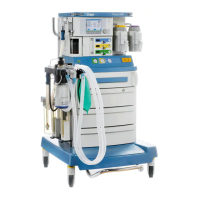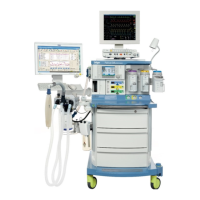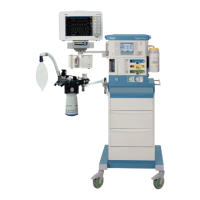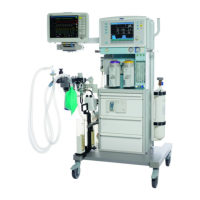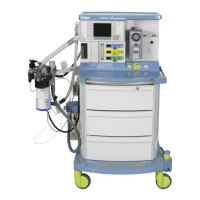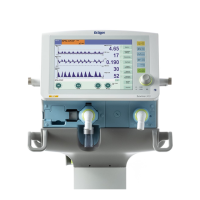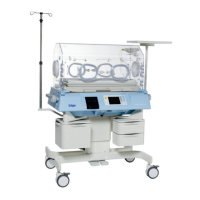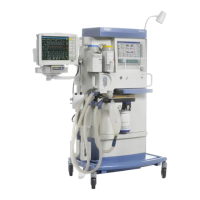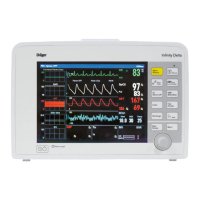mechanical ventilation, the APL valve always has to be set to a value suitable for the
patient. When setting the APL valve to the desired PEEP level (or alternatively SPONT, which
equals zero), you prevent excessive airway pressures from being applied to the patient in the
event of a ventilator failure. For the system test, the APL valve must be set to a relatively high
value. Therefore, the user also has to actively reduce this value for mechanical ventilation.
4.3.2 Discouraged use – external Fresh Gas Outlet, Pause, and Monitoring mode
- Modes that are not known by the user (e.g. Ext. Fresh Gas Outlet or Pause) should not be used.
When using Fabius devices with an installed Fresh Gas Outlet (FGO), ensure that the FGO is
in the correct position and installed properly. See details in Attachment 3: Dräger Fabius Family
with Installed Fresh Gas Outlet9.2. Furthermore, several modes may behave differently than
in intensive care ventilators. Details are listed in the Attachment 1: Comments on particular
modes of operation.
4.4 Alarm volume 100%
- The alarm and safety systems of Dräger anesthesia devices are designed for the user to always
be within 4 meters (~13 feet) of the device. This allows the user to quickly recognize and respond
in the event of an alarm or malfunction. Thus, the alarm volume always has to be set to a
sufficiently loud level, particularly in noisy environments. The alarm distribution via serial
interface is not designed in a redundant (fail-safe) way. Therefore, remote supervision (e.g. via
a central station) is not sufficient. In situations where a user is not within direct proximity of the
device, it has to be ensured that the alarm volume is set to maximum (100%) to increase the
probability that potentially life-threatening situations are recognized in time.
4.5 Patient-specific limits for all alarms
- To enable the device to generate the necessary alarms, set patient-specific limits for all
alarms and limits may have to be changed over time to adapt to changing clinical situations.
Alarm limits for the minute volume (lower and upper limit) and the expiratory CO
2
(lower and
upper limit) are particularly important for generating alarms when hypo- or hyperventilation
occurs. Additionally, the alarm limit for FiO
2
(lower limit) has to be adjusted because FiO
2
cannot
be set directly.

